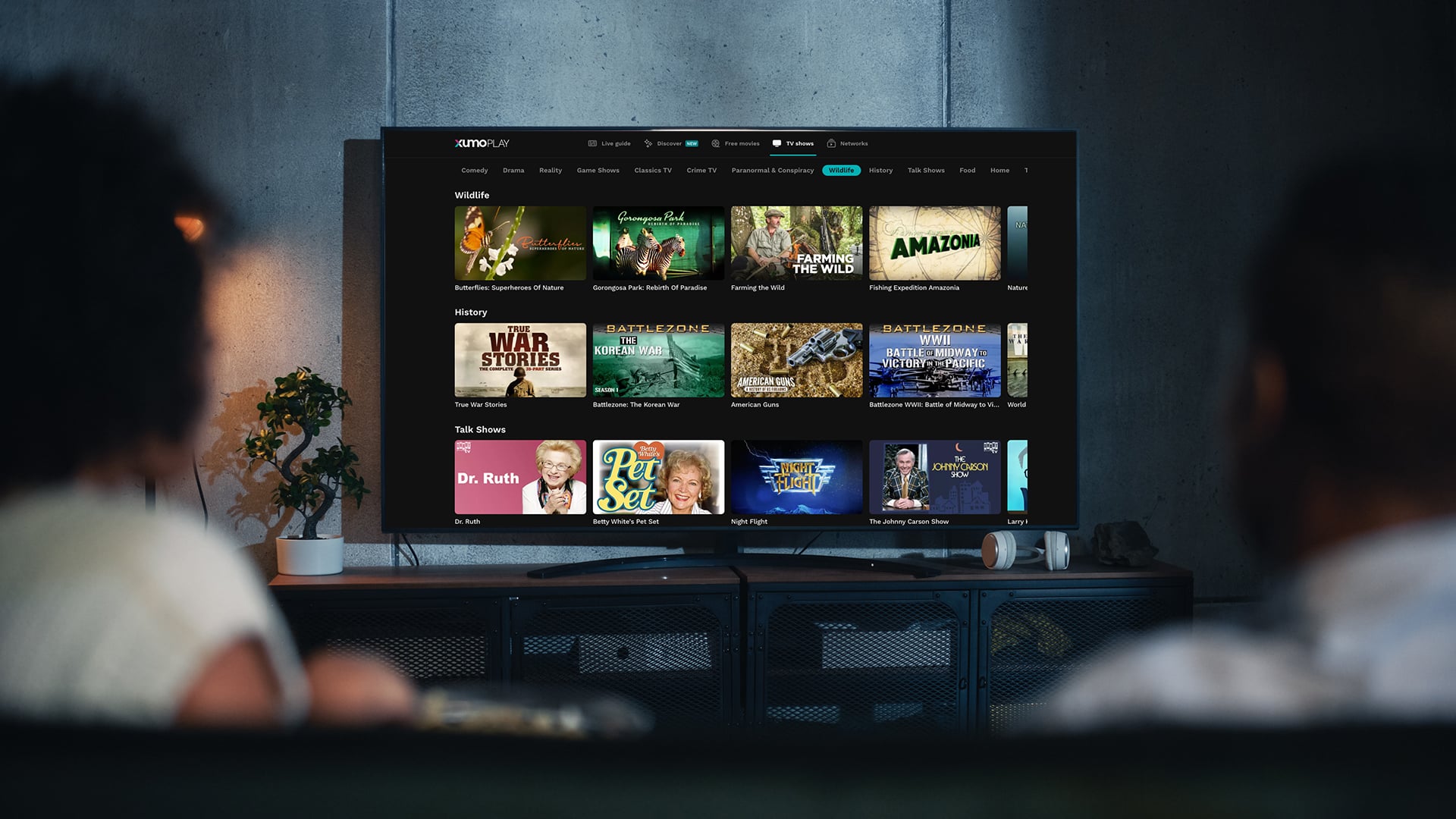Unknown Facts About Apollo Group Tv
Unknown Facts About Apollo Group Tv
Blog Article
Some Known Facts About Apollo Group Tv.
Table of ContentsThe Best Strategy To Use For Apollo Group TvAbout Apollo Group TvThe 10-Minute Rule for Apollo Group TvAll About Apollo Group Tv
In this circumstance, instead than having three-minute business places throughout a 30-minute tv program, TV programming might transform to one where a customer will certainly be required to have a monthly membership, to ensure that they cen view targeted banner ads. This kind of marketing already takes place on the internet, and the amount of data tv business gather allows them to do similar.Explain the major patterns among the broadcasting and cord networks. Popular radio shows such as cops drama Dragnet and western cowboy collection Gunsmoke were adjusted for television, and brand-new Television shows were funded by solitary advertisers, just as radio shows had actually been.
Today, the tv market is far more complex. Programs are sponsored by several marketers; shows is controlled by significant media conglomerates; and the three significant networks no much longer control the airwaves however rather share their visitors with many cable television networks. Several elements represent these fads within the industry, consisting of technological advancements, government regulations, and the creation of brand-new networks.

The Only Guide to Apollo Group Tv
Developed in 1969, (PBS) established out of a record by the Carnegie Commission on Educational Television, which analyzed the role of instructional, noncommercial tv on society. Public television was also meant to offer global accessibility to tv for customers in country areas or viewers who could not pay for to pay for private television solutions.
The period in between 1950 and 1970 is traditionally acknowledged as the. Besides a small section of airtime managed by public tv, the three major networks (called the Big Three) controlled the tv industry, jointly accounting for more than 95 percent of prime-time watching. In 1986, Rupert Murdoch, the head of international firm News Corp, launched the Fox network, testing the prominence of the Big 3.
Targeting young and minority target markets with shows such as Buffy the Vampire Slayer, Moesha, Dawson's Creek, and The Wayans Bros., the brand-new networks intended to attract stations away from their old network associations. Instead than repeating the success of Fox, UPN and WB struggled to make an influence. Not able to attract several associate stations, the 2 fledgling networks reached less households than their larger opponents due to the fact that they were inaccessible in some smaller cities.
This choice led the means for the growth of wire flick networks, adding to the exponential growth of cable in the 1980s and 1990s. apollo group tv app. Additional deregulation of cable television in the 1984 Cable Communications Plan Act eliminated limitations on cable television rates, making it possible for drivers to charge what they wanted for wire services as long as there was efficient competitors to the solution (a requirement that over 90 percent of all cable television markets can fulfill)
An Unbiased View of Apollo Group Tv

Having actually created the first "superstation," Turner increased his world by starting 24-hour news network CNN in 1980. At the end of the year, 28 nationwide programming solutions were readily available, and the cable television revolution had started. Over the next decade, the market undertook a duration of fast development and appeal, and by 1994 audiences could select from 94 basic and 20 premium wire services.
Number 9 - https://www.twitch.tv/apollogtv01/about.16 Boosted competition from cable television networks has caused a constant decrease in the networks' target market ratings. Throughout the 1950s, the expense of generating a solitary television program enhanced as shows ended up being much longer and manufacturing prices soared. Sponsorship on network tv changed from solitary sponsorship, in which a program was completely supported and produced by one advertiser, to numerous sponsorship, in which marketers got 1- or 2-minute places on the show
Choose one of the Big 4 networks and publish out its regular programs routine. Enjoy the network's prime-time programs over the program of a week, noting the target group you can find out more for each show.
How Apollo Group Tv can Save You Time, Stress, and Money.

Straight TV, usually referred to as conventional program television, incorporates wire and satellite television. It's called "linear" because material complies with a fixed shows timetable, unlike on-demand web content which the specific viewer decides to view based on their own preferences and schedule. When you ask, "What is linear Television?", consider it as the timeless means of seeing television that has actually been around for years.
Report this page